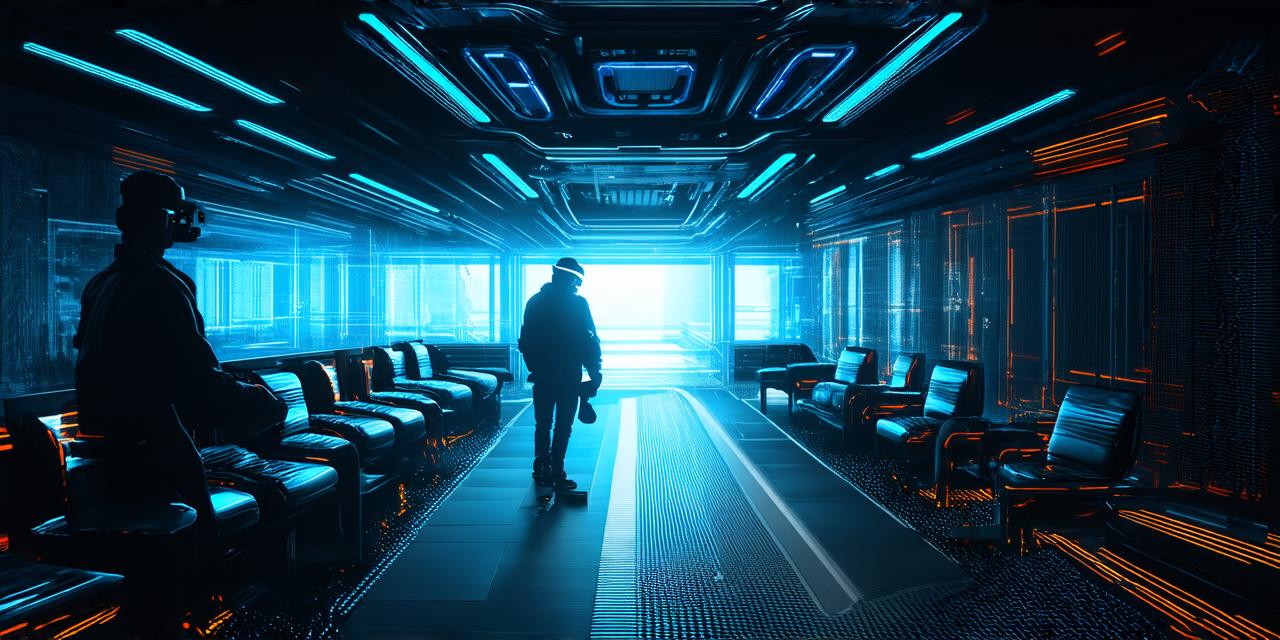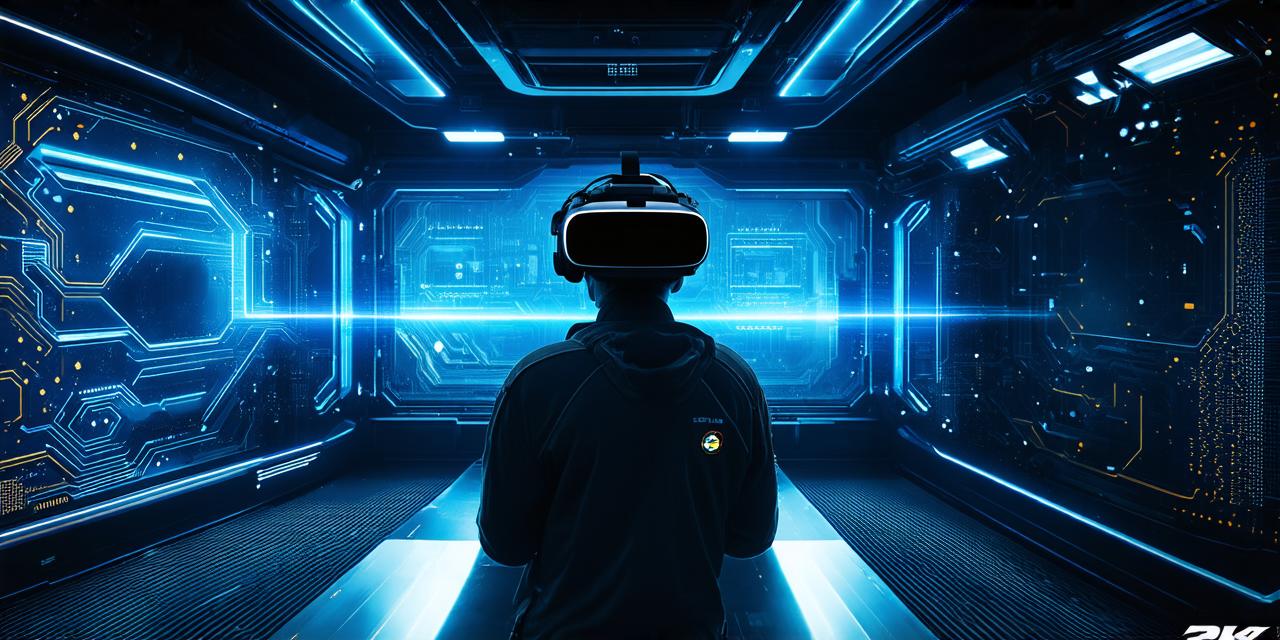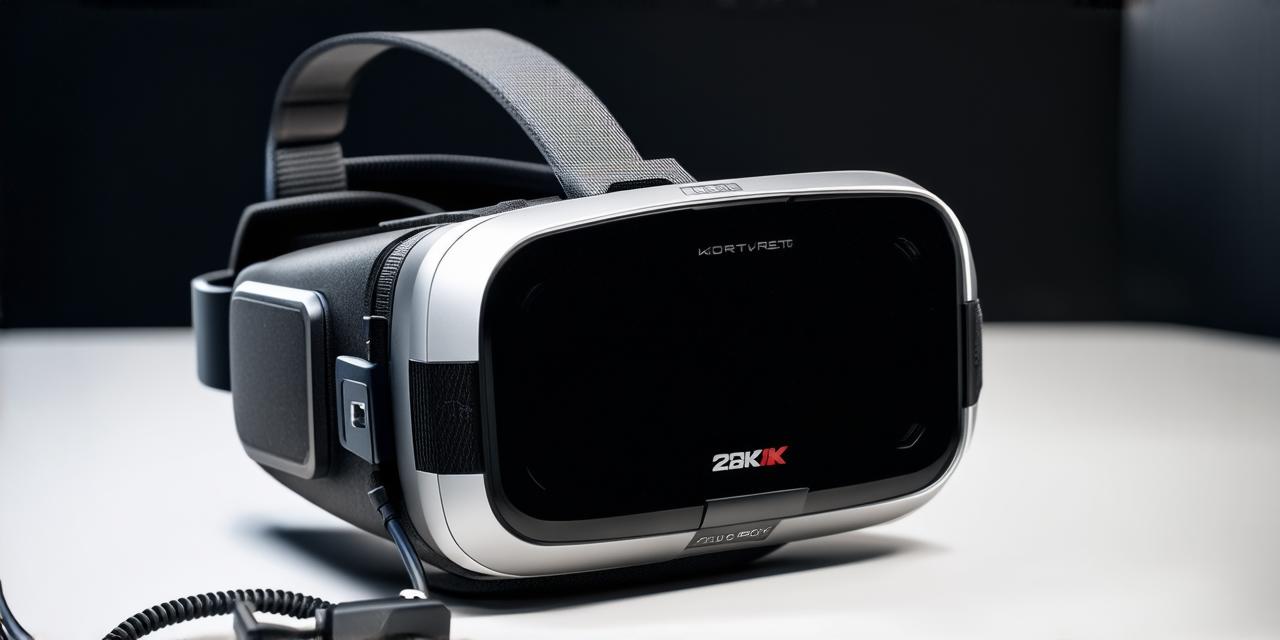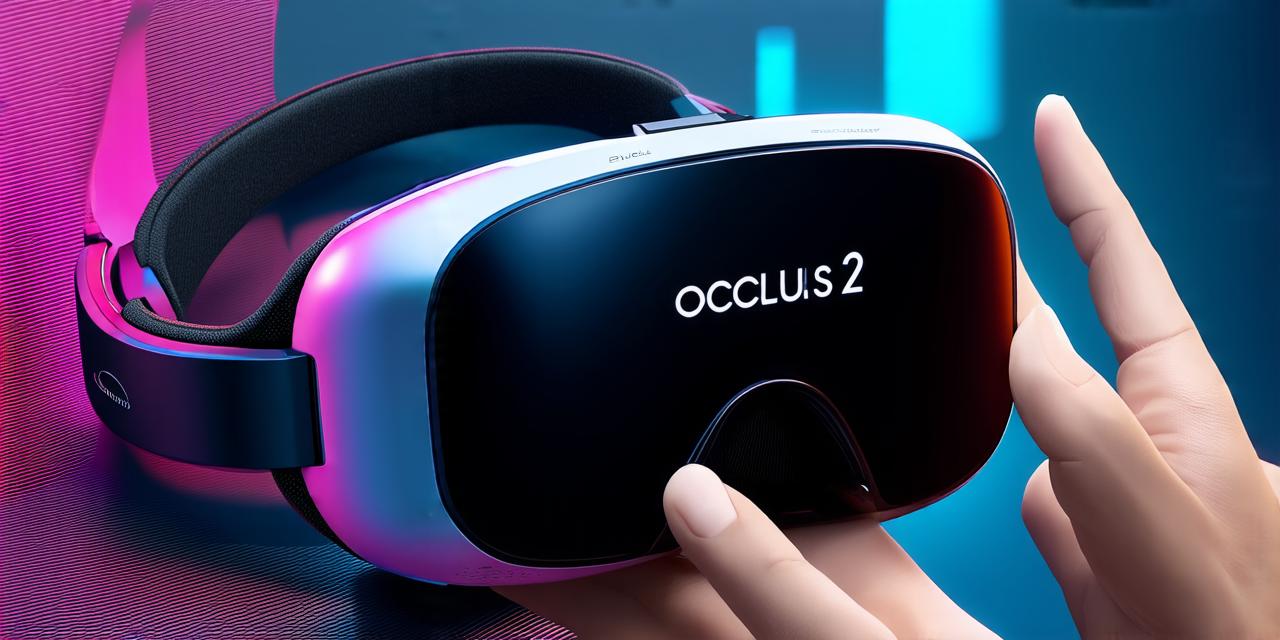VR in Gaming
One of the most well-known applications of VR is in gaming. With the ability to fully immerse players in a virtual world, VR games have already proven to be incredibly popular. However, the potential of VR in gaming goes far beyond what we’ve seen so far.
One example of this is the use of VR in esports. By allowing players to compete in virtual environments, VR esports has the potential to revolutionize the way we watch and play sports. Imagine being able to watch a live basketball game from the sidelines or on the court, fully immersed in the action.
Another area where VR is making waves in gaming is in education. By creating virtual simulations of real-world environments, VR can provide students with hands-on learning experiences that would be impossible to replicate in a traditional classroom.
For example, medical students could practice surgeries in a virtual operating room, while history students could explore ancient civilizations as if they were really there.

VR in Healthcare
Virtual reality is also making a big impact in healthcare. From pain management to therapy, VR has the potential to transform the way we approach healthcare.
One example of this is the use of VR for pain management. By creating virtual environments that distract patients from their pain, VR has been shown to be effective at reducing discomfort and improving mood. This could have a significant impact on the way we treat chronic pain conditions like fibromyalgia and arthritis.
Another area where VR is making a difference in healthcare is in therapy. By creating virtual environments that mimic real-world situations, VR can provide patients with exposure therapy that might be too dangerous or difficult to replicate in the real world
For example, patients with anxiety disorders could practice confronting their fears in a safe and controlled environment, while patients with PTSD could work through traumatic memories without putting themselves at risk.
The Future of VR
As we’ve seen, virtual reality technology is already making a big impact in several industries. But what does the future hold for VR? There are several key trends and developments that suggest exciting things are on the horizon.
One trend that’s likely to continue is the increasing use of wireless VR headsets. As technology improves, it’s becoming possible to create VR experiences without the need for cables or wires, which can be bulky and restrict movement. This will make VR more accessible and convenient for users, allowing them to move freely and explore virtual environments without being tethered to a device.
Another trend that’s likely to continue is the increasing use of haptic feedback technology. Haptic feedback allows users to feel physical sensations in response to virtual events, such as the sensation of touching or being touched. As this technology continues to improve, it will make VR experiences more immersive and realistic, allowing users to truly lose themselves in virtual worlds.
Finally, as AI technology continues to advance, we’re likely to see a growing role for virtual assistants in VR environments.




